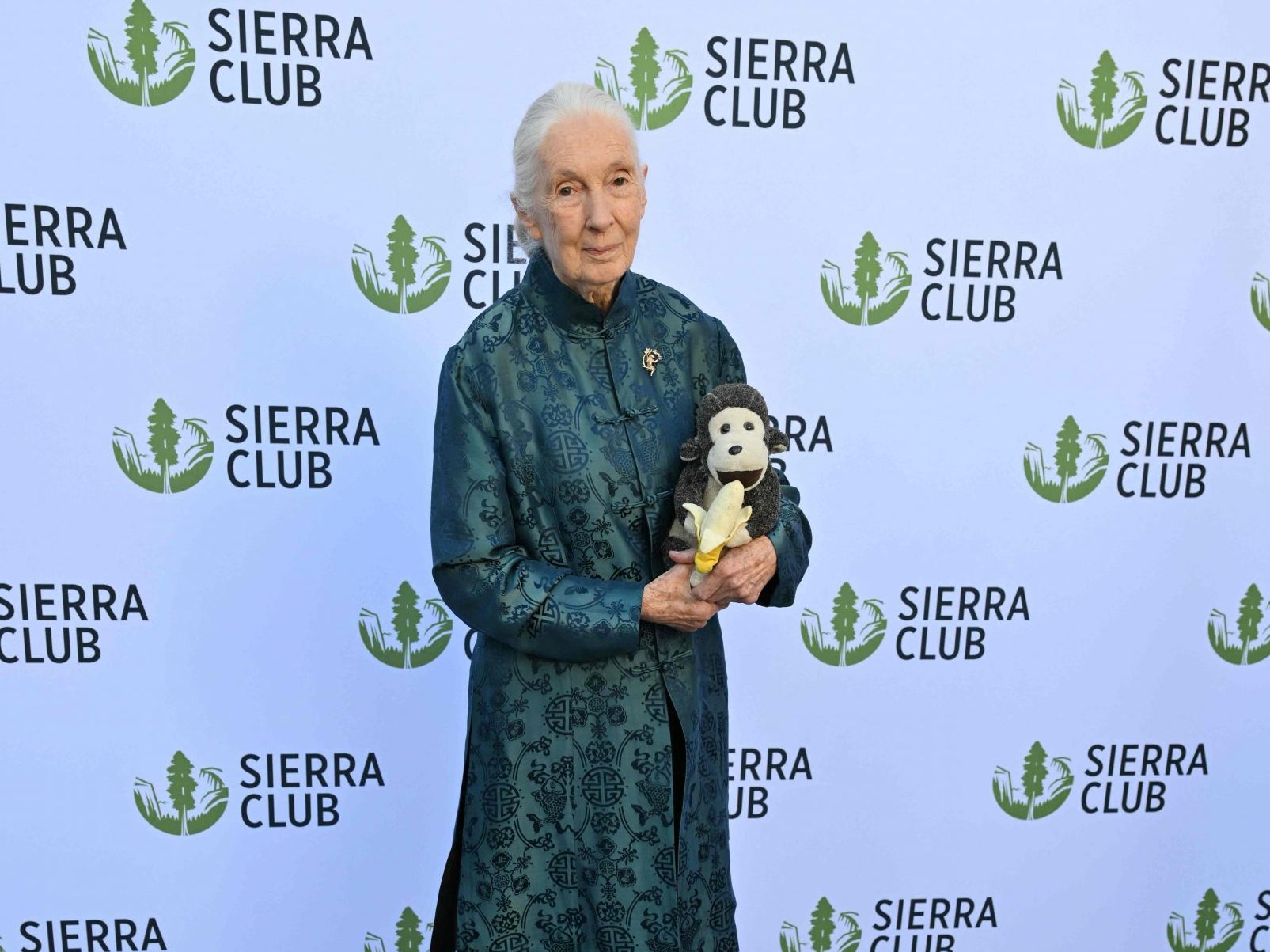Jane Goodall: How a Woman Changed Our View of Apes

Her research challenged our self-image as a species and shaped the modern understanding of animal behavior.
On July 14, 1960, Jane Goodall entered the Gombe Stream Game Reserve in Tanzania – at 26 years old, without scientific training, but with a clear goal: to study the lives of wild chimpanzees. Her discoveries would profoundly change primatology and show how closely related humans and chimpanzees truly are.
Difficult Start in Tanzania
The first months were marked by setbacks: malaria, inaccessible terrain, and shy animals. Due to colonial security regulations, her mother Vanne Goodall had to accompany her. But with patience and daily presence in the field, Goodall gained the trust of the animals.
Observations from Up Close
Instead of giving the chimpanzees numbers, as was customary at the time, Goodall gave them names – and recognized individual personalities. One male in particular, "David Greybeard," became famous: he was the one who used a prepared twig to fish termites from nests. This tool use disproved the previously held belief that only humans were capable of such behavior.
Family Ties, Emotions, Violence
Goodall documented that chimpanzees not only possess complex social structures but also express emotions such as affection: they hug, kiss, and hold each other's hands. At the same time, she observed behaviors such as violence, territorial battles, and even cannibalism—traits she interpreted as parallels to human behavior.
A New Image of Humanity
Her research showed: chimpanzees are not distant relatives but are evolutionarily closely related to us. They share about 98.6 percent of human DNA with us. Goodall's findings questioned the clear dividing line between humans and animals—and also influenced educational debates about child-rearing and emotional bonding.
Influence to This Day
In 1962, at the suggestion of her mentor Louis Leakey, Goodall began a doctoral program at Cambridge. In 1965, a documentary film brought her work to a wide audience. Since then, she has been considered one of the most significant voices in animal and environmental protection. To this day, Goodall is actively involved worldwide in the protection of primates and their habitats.
This article has been automatically translated, read the original article here.





